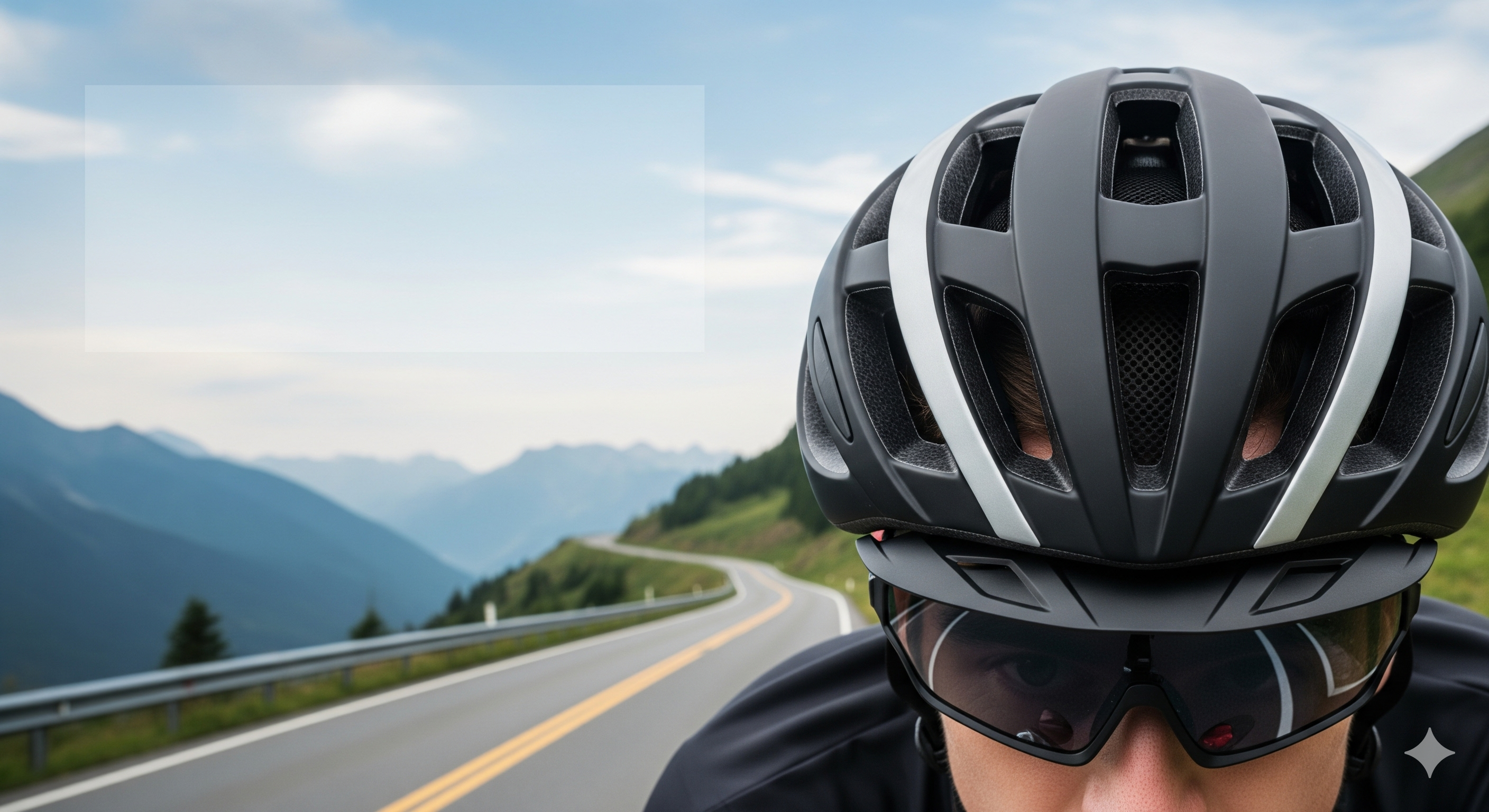Cycling safety should be every rider's top priority. Whether you're commuting to work, enjoying a leisurely ride, or tackling challenging trails, understanding essential safety gear and road rules can mean the difference between a great ride and a dangerous situation. This comprehensive guide covers everything you need to know to stay safe on two wheels.
Essential Safety Gear
Proper safety equipment is your first line of defense against accidents and injuries:
Helmet - Your Most Important Investment
Critical Safety Fact
Wearing a helmet reduces the risk of head injury by up to 85% and the risk of brain injury by up to 88%. Never ride without one.
Choosing the Right Helmet
- Look for CPSC, SNELL, or ANSI certification
- Ensure proper fit - helmet should sit level on your head
- Replace every 3-5 years or after any impact
- Consider MIPS technology for additional protection
- Choose bright colors for better visibility
Visibility Gear
Lighting Systems
- • Front white light (minimum 200 lumens)
- • Rear red light (flashing mode recommended)
- • Side lights for intersection visibility
- • Backup lights in case of failure
Reflective Clothing
- • High-visibility vest or jacket
- • Reflective ankle bands
- • Bright, contrasting colors
- • Reflective tape on bike frame
Road Rules and Traffic Laws
Understanding and following traffic laws is crucial for safe cycling:
Basic Traffic Rules
- Ride with traffic, never against it
- Obey all traffic signals and stop signs
- Use bike lanes when available
- Signal turns and lane changes clearly
- Yield right-of-way to pedestrians
- Don't ride on sidewalks (check local laws)
Hand Signals
Left Turn
Extend left arm straight out
Right Turn
Extend right arm out or left arm up
Stop
Extend left arm down with palm back
Defensive Riding Techniques
Anticipating potential hazards and riding defensively can prevent most accidents:
Situational Awareness
- Constantly scan for potential hazards
- Make eye contact with drivers when possible
- Assume you're invisible to motorists
- Watch for car doors opening (maintain 3-foot buffer)
- Be extra cautious at intersections
- Avoid riding in blind spots
The "Door Zone" Danger
Always ride at least 3 feet away from parked cars. Car doors can open suddenly, and getting "doored" is one of the most common cycling accidents in urban areas.
Weather-Specific Safety
Different weather conditions require adapted safety strategies:
Wet Weather Riding
Preparation
Use fenders, wear waterproof clothing, and ensure your lights are extra bright. Reduce tire pressure slightly for better traction.
Riding Technique
Brake earlier and more gently, take turns slower, and avoid painted lines and metal surfaces which become slippery when wet.
Night Riding Safety
- Use powerful front and rear lights
- Wear reflective clothing
- Reduce speed and increase following distance
- Avoid dark clothing
- Plan routes on well-lit streets when possible
- Carry backup lights and batteries
Bike Maintenance for Safety
A well-maintained bike is a safe bike. Regular maintenance prevents mechanical failures:
Pre-Ride Safety Check
The "ABC" Quick Check
- A - Air: Check tire pressure and look for damage
- B - Brakes: Test both front and rear brakes
- C - Chain: Ensure chain is clean and lubricated
Regular Maintenance Schedule
- Weekly: Clean bike, check tire pressure, test brakes
- Monthly: Lubricate chain, check bolt tightness
- Quarterly: Professional tune-up and safety inspection
- Annually: Replace brake pads, cables, and chain if needed
Emergency Preparedness
Being prepared for emergencies can turn a potential disaster into a minor inconvenience:
Essential Emergency Kit
- Spare tube and tire levers
- Portable pump or CO2 inflator
- Multi-tool with chain breaker
- First aid supplies
- Emergency contact information
- Cash for emergency transportation
- Fully charged mobile phone
Accident Protocol
If You're in an Accident
- Move to safety if possible
- Call 911 if there are injuries
- Document the scene with photos
- Exchange information with involved parties
- Get witness contact information
- Don't admit fault
- Seek medical attention even for minor injuries
Group Riding Safety
Riding with others requires additional safety considerations:
Group Riding Etiquette
- Ride single file in traffic
- Communicate hazards to riders behind you
- Maintain steady pace and predictable movements
- Don't overlap wheels with rider in front
- Follow all traffic laws as a group
- Designate experienced riders as leaders
Conclusion
Cycling safety is a combination of proper equipment, knowledge of traffic laws, defensive riding techniques, and constant vigilance. While cycling does involve some inherent risks, following these safety guidelines significantly reduces your chances of accidents and injuries.
Remember, safety is an ongoing commitment. Stay informed about local traffic laws, continuously improve your riding skills, and never compromise on safety equipment. The goal is to enjoy many years of safe, healthy cycling adventures.
Need Safety Equipment?
Check out our selection of high-quality safety gear and accessories.
Shop Safety Gear

